
The device and principle of an automatic transmission
Content
- What is automatic transmission
- Automatic transmission device
- The principle of operation and service life of automatic transmission
- Basic modes of automatic transmission
- Additional modes of automatic transmission
- How to operate an automatic transmission
- Does a car with an automatic transmission need a hand brake?
- Automatic transmission and manual transmission which is better?
- Questions and answers:
All internal combustion engines of a car are paired with a transmission. Today there is a huge variety of gearboxes, but conditionally they can be divided into two categories:
- Manual transmission or manual gearbox;
- Automatic transmission or automatic transmission.
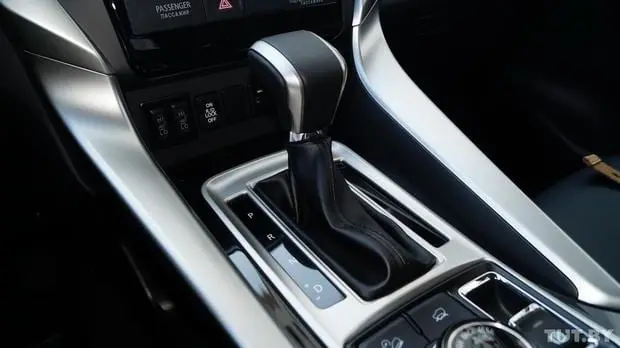
As for the "mechanics", here the differences concern only the number of speeds and features of the internal structure. More about the manual transmission device is told here... Let's focus on the automatic transmission: its structure, principle of operation, its advantages and disadvantages in comparison with mechanical counterparts, and also discuss the basic rules for using the "automatic".
What is automatic transmission
Unlike a mechanical box, in an automatic analogue, the speed is switched by the automatic. In this case, driver involvement is minimized. Depending on the design of the transmission, the driver either selects the appropriate mode on the selector, or periodically gives certain commands to the "robot" to change the desired gear.
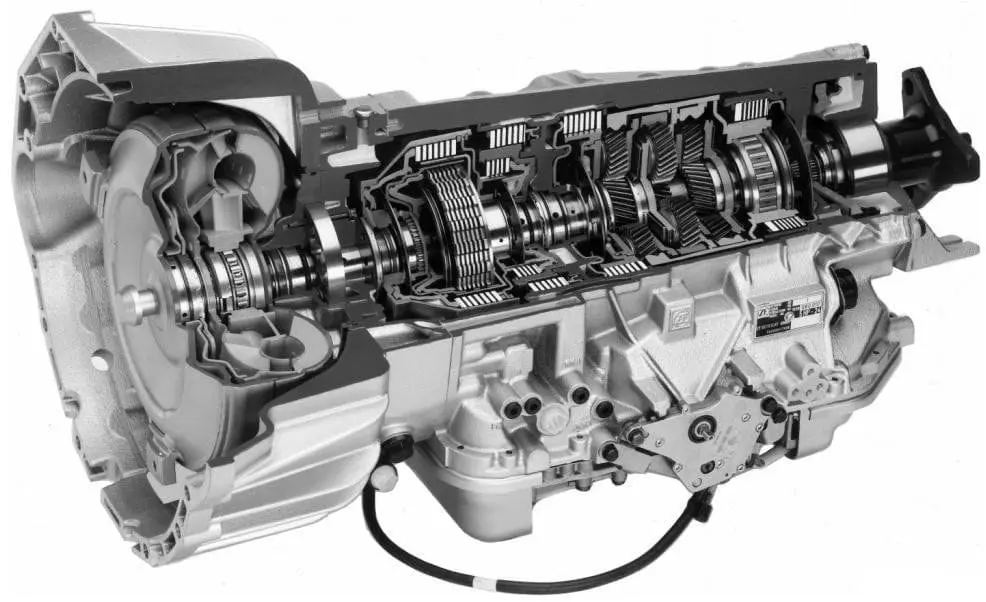
Manufacturers have thought about the need to create automatic transmissions in order to reduce jerks when changing gears by the driver in manual mode. As you know, every motorist has his own driving habits, and, unfortunately, they are far from useful. As an example, pay attention to the most common mistakes that often cause mechanics to fail. You will find this information in separate article.
History of invention
For the first time, the idea of gear shifting in automatic mode was implemented by Herman Fittenger. The transmission of a German engineer was designed in 1902. it was initially used on ships.
Two years later, the Statewent brothers (Boston) presented a modernized version of the mechanical box, but, in fact, it was the first "automatic". The planetary transmission was installed in Ford model T. The principle of the automatic transmission was that the driver, using one pedal, increased or decreased the gear. Reverse speed was activated by a separate pedal.
The next stage of "evolution" of automatic transmission falls on the mid-30s. GM has modified the existing mechanism by adding a hydraulic planetary gear drive. There was still a clutch in the semiautomatic.
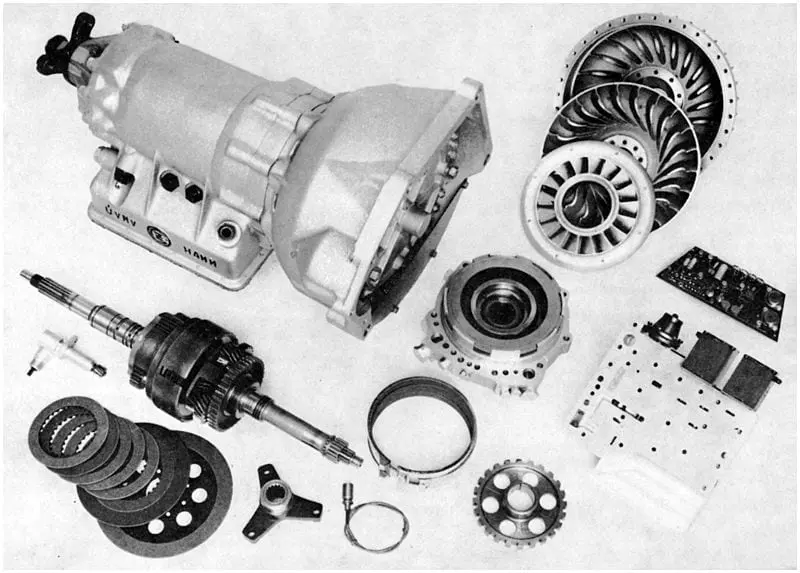
In parallel with General Motors, Chrysler engineers added a hydraulic clutch to the transmission design. Thanks to this design, the box has ceased to have a rigid coupling of the drive and driven shafts. This ensured smooth gear shifting. The mechanism also received an overdrive. This is a special overdrive (gear ratio less than 1), which replaces the two-speed gearbox.
The first serial development of automatic transmission was a model from GM. The mechanism began to be manufactured in 1940. In the device of such a transmission, there is a fluid coupling in combination with a planetary gearbox for 4 positions. Switching was carried out using hydraulics.
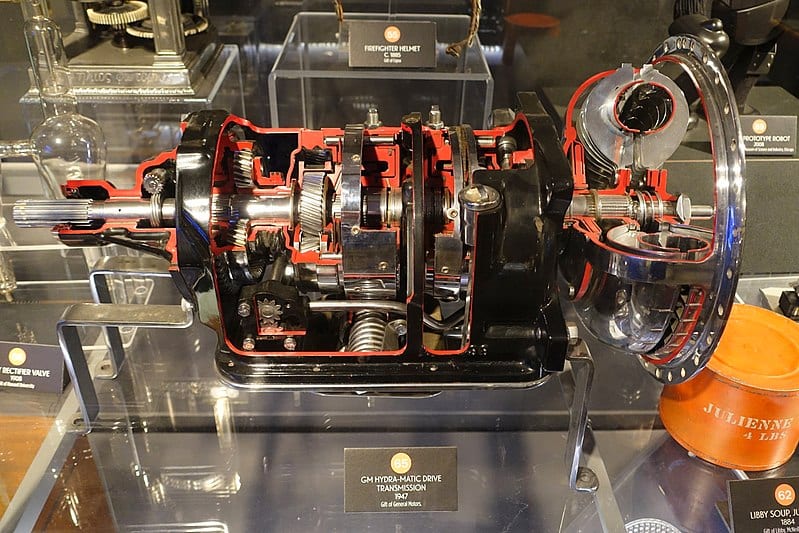
Automatic transmission device
Compared to the manual transmission, the automatic transmission has a more complex device. Here are the main elements of an automatic transmission:
- The torque converter is a container with transmission fluid (ATF). Its purpose is to transmit torque from the internal combustion engine to the drive shaft of the box. The wheels of the turbine, pump and reactor are installed inside the body. Also, the torque converter device includes two clutches: blocking and freewheel. The first ensures that the torque converter is locked in the required transmission mode. The second allows the reactor wheel to rotate in the opposite direction.
- Planetary gear - a set of shafts, couplings, drums, which provide up and down gears. This process is carried out by changing the pressure of the working fluid.
- The control unit - used to be hydraulic, but today an electronic version is used. The ECU records signals from different sensors. Based on this, the control unit sends signals to the devices on which the change in the operating mode of the mechanism depends (valve body valves, which direct the flow of the working fluid).
- Sensors are signaling devices that record the performance of various transmission elements and send appropriate signals to the ECU. The box contains such sensors: the frequency of input and output rotation, temperature and pressure of the oil, the position of the handle (or washer in many modern cars) of the selector.
- Oil pump - creates the pressure required to rotate the corresponding converter vanes.
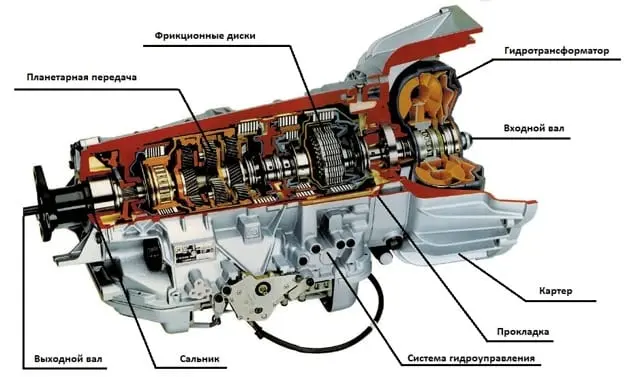
All elements of the automatic transmission are in one box.
The principle of operation and service life of automatic transmission
While the vehicle is moving, the transmission control unit analyzes the engine load and, depending on the indicators, sends signals to the control elements of the torque converter. The transmission fluid with the appropriate pressure moves the clutches in the planetary gear. This changes the gear ratio. The speed of this process also depends on the speed of the transport itself.
Several factors affect the operation of the unit:
- Oil level in the box;
- The automatic transmission works properly at a certain temperature (about 80оC), therefore, in the winter period it needs heating, and in the summer it needs cooling;
- Automatic transmission is cooled in the same way as for the engine - with the help of a radiator;
- Oil pressure (on average, this figure ranges from 2,5 to 4,5 bar.).
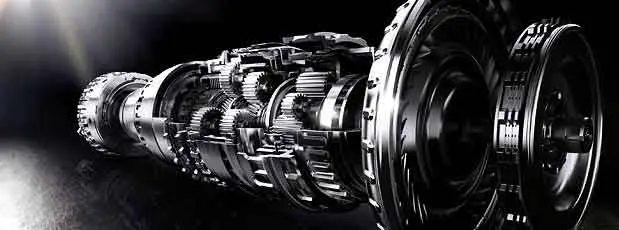
If you monitor the health of the cooling system in time, as well as the above factors, the box will last up to 500 thousand mileage. Although it all depends on how attentive the motorist is to the transmission maintenance procedure.
An important factor affecting the resource of the box is the use of original consumables.
Basic modes of automatic transmission
Although the machine shifts gears in automatic or semi-automatic mode, the driver can set a specific mode required for a particular situation. The main modes are:
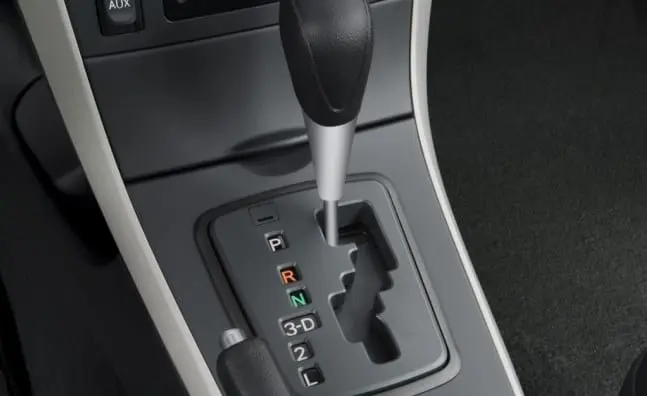
- R - parking mode. During its activation (the corresponding position of the selector lever), the drive wheels are blocked. When the lever is in this position, you need to start and stop the engine. In no case should you enable this function while driving;
- R - reverse gear. As in the case of mechanics, this mode must be turned on only when the machine has completely stopped;
- N - neutral or none of the functions enabled. In this mode, the wheels rotate freely, the machine can coast even with the motor turned on. It is not recommended to use this mode to save fuel, as the engine usually consumes more fuel when idling than when the speed is on (for example, when braking the engine). This mode is available in the car in case the car needs to be towed (although some cars cannot be towed);
- D - this mode allows the car to move forward. The electronics itself controls the gear change (up / down). In this mode, the automation uses the engine braking function when the accelerator pedal is released. When this mode is enabled, the transmission tries to hold the car when it is downhill (the holding efficiency depends on the angle of inclination).
Additional modes of automatic transmission
In addition to the basic modes, each automatic transmission is equipped with additional functions. Each car company equips its models with different transmission options. Here are some of them:
- 1 (sometimes L) - the transmission does not include the second gear, but allows the engine to spin up to maximum speed. This mode is used on extremely difficult road sections, for example, on steep and long slopes;
- 2 - a similar mode, only in this case the box will not rise above the second gear. Most often, in this position, the car can reach a maximum of 80 km / h;
- 3 (or S) - another speed limiter, only this is the third gear. Some motorists use it for overtaking or hard acceleration. Without going to speed 4, the motor spins up to maximum speed, which has a positive effect on the acceleration of the car. Usually, in this mode, the car can accelerate to 140 km / h. (the main thing is to follow the tachometer needle so that it does not enter the red zone).
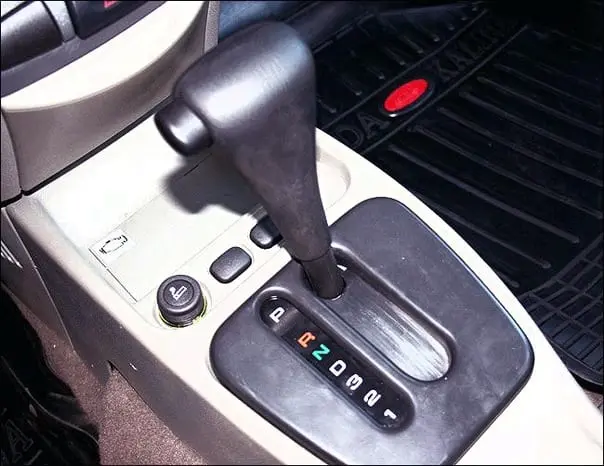
Many machines are equipped with a semi-automatic gearshift mode. One of the names of such modifications is Tiptronic. The selector in them will have a separate niche on the side of the main modes.
The + and - symbols allow you to switch to the corresponding gear in "manual" mode. This is, of course, a relatively manual mode, since the process is corrected by the electronics anyway so that the driver does not spoil the transmission with incorrect actions.
You can keep the accelerator pedal depressed when changing gears. This additional mode is available when driving on difficult road sections, such as on snow or on steep slopes.
Another additional mode that may be present in an automatic transmission is "Winter". Each manufacturer denotes it in its own way. For example, a selector might have a snowflake or a W written on it, or it might say "Snow". In this case, the automatics will not allow the driving wheels to slip during the start of the movement or when switching the speed.
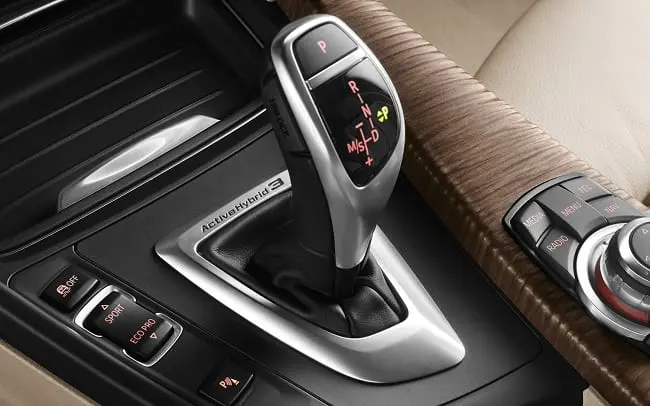
In winter mode, the car will start from second gear, and the speeds will switch at lower engine speeds. Some people use this mode when driving in sand or mud in summer. In a hot period on a good road, you should not use this function, as the box will quickly overheat due to work with increased load.
In addition to the above modes, the transmission of some cars has a Sport mode (gears are engaged at higher revs) or Shift Lock (the function of switching the selector lever can be activated even when the engine is off).
How to operate an automatic transmission
Although gear shifting in this transmission requires minimal driver involvement, it is not completely ruled out. Here are the basic steps for using an automatic transmission correctly.
Basic rules for using the machine box
The start of the movement should take place in the following sequence:
- We squeeze the brake pedal;
- We start the engine (on a muffled engine, the lever cannot be moved);
- Press the lock button on the mode selector lever (if available). It is usually located on the side or top of the handle;
- We move the selector lever to position D (if you need to back up, then choose R). The speed is activated after one to two seconds after setting the required mode, and the motor will slightly reduce the speed.
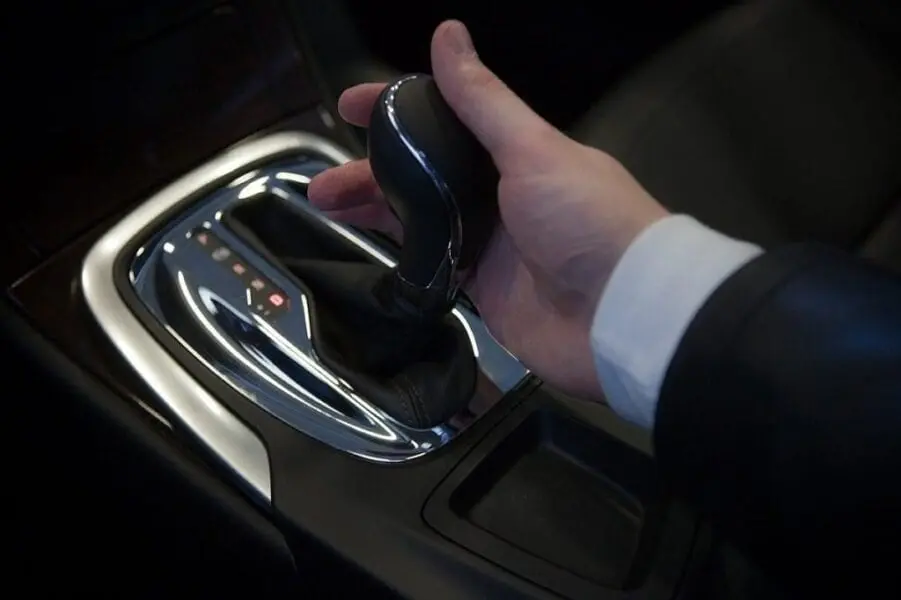
The movement of the car should be carried out as follows:
- Let go of the brake pedal;
- The car itself will start moving (if the start is carried out uphill, then you need to add gas);
- The driving mode is determined by the nature of pressing the gas pedal: if it is pressed sharply, the car will be more dynamic, if it is pressed smoothly, the car will accelerate smoothly, and the gears will turn on more slowly;
- If it becomes necessary to accelerate sharply, press the pedal to the floor. The kick-down function is activated. In this case, the box shifts to a lower gear and spins the engine up to higher revs to accelerate the car. However, this does not always provide maximum dynamics. In this case, it is better to put the selector lever in S or 3 mode, then the speed will not switch to fourth gear, but will accelerate in third.
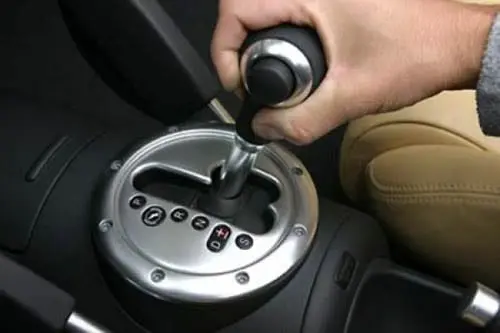
We stop as follows:
- We release the gas pedal;
- If you need to stop faster, press the brake;
- To prevent the car from moving, hold the brake;
- If the stop is short, then the selector lever is left in mode D, and if it is longer, then we transfer it to mode N. In this case, the engine will not burn fuel in vain. To prevent the car from moving arbitrarily, you should not release the brake or activate the parking mode.
Some reminders regarding the use of the machine:
- The gas and brake pedals are activated only with the right foot, and the left is not activated at all;
- The brake pedal must always be kept pressed while stopping, except when the P mode is activated;
- When driving down a hill, do not turn on N, since the automatic transmission uses the engine brake;
- When the mode is switched from D to N or vice versa, the lock button should not be pressed so as not to accidentally engage the reverse speed or parking while driving.
Does a car with an automatic transmission need a hand brake?
If the automatic transmission is equipped with a parking mode, why does the car have a parking brake? In the instruction manual of most modern auto manufacturers indicate that this is an additional measure from the arbitrary movement of the car.
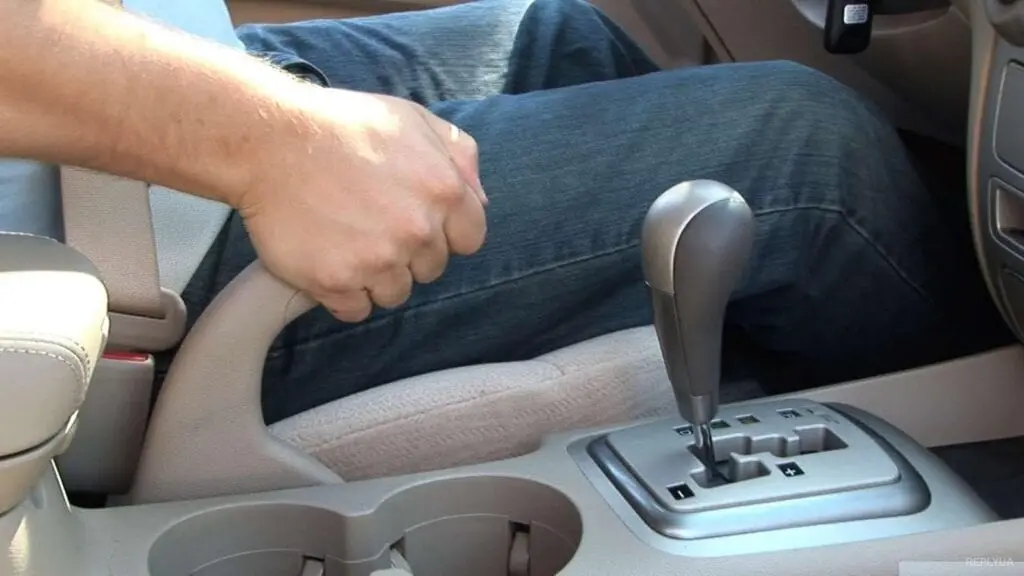
Most motorists do not use the handbrake because the parking mode always does its job well. And in winter, sometimes the pads freeze to the discs (especially if the car has been in a puddle the day before).
Here are the cases when you need a handbrake:
- When stopping on a slope for additional fixation of the machine;
- It also comes in handy when changing wheels;
- Before turning on the P mode on a slope (in this case, the lever will switch with great effort, which can lead to wear of the transmission friction parts);
- If the car is on a slope both in P mode and on the handbrake, then at the beginning of the movement, first remove the "parking", and then release the handbrake.
Pros and cons of automatic transmission
The automatic transmission has both advantages and disadvantages. The advantages include the following factors:
- Gear shifting switches smoothly, without jerks, which provides a more comfortable movement;
- There is no need to change or repair the clutch;
- In manual mode, good dynamics is provided, even if the driver makes a mistake, then the automation will slightly correct the situation;
- The automatic transmission is able to adapt to the driving style of the motorist.

Disadvantages of the machine:
- The design of the unit is more complex, because of which the repair must be carried out by a specialist;
- In addition to expensive maintenance, replacing the transmission will be very expensive, since it contains a large number of complex mechanisms;
- In automatic mode, the efficiency of the mechanism is low, which leads to excessive consumption of fuel;
- The weight of the box without technical fluid and torque converter is about 70 kg, and when fully loaded - about 110 kg.

Automatic transmission and manual transmission which is better?
There are several types of automatic boxes, and each of them has its own characteristics. Each of them is described in separate article.
Which is better: mechanics or automatic? In short, it's a matter of taste. All motorists are divided into two camps: some are confident in the greater efficiency of the manual transmission, while others are of the automatic transmission.
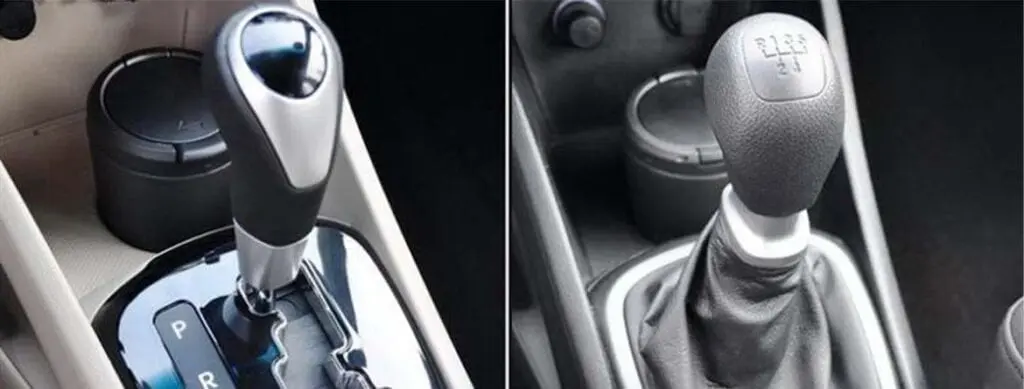
Automatic transmission versus mechanics:
- More "brooding";
- Has less dynamics, even in manual mode;
- When accelerating, fuel consumption increases significantly;
- For a more economical mode, you should smoothly accelerate and decelerate;
- The breakdown of the machine is extremely rare, but in the case of proper and timely maintenance;
- The cost of a new transmission is extremely high, therefore, its maintenance must be approached with special care;
- Doesn't require special skills, especially for beginners, for example, to start up a hill.
In view of the desire to have a more comfortable car, many motorists prefer automatic transmissions. However, if a beginner learns from mechanics, he immediately acquires the necessary skills. Anyone who has mastered a manual transmission will easily ride on any transmission, which cannot be said the other way around.
Questions and answers:
What elements are included in the automatic transmission? The automatic transmission consists of: a torque converter, planetary gear, control unit, friction clutches, freewheel clutch, valve body, band brake, oil pump, housing.
How does the automatic transmission work? When the engine starts, the oil pump starts working (creates pressure in the system). Oil is pumped onto the impeller of the torque converter, which transfers torque to the transmission. Gear ratios are changed electronically.
What are the features of the automatic transmission? Unlike mechanics, an automatic machine requires a minimum of actions from the driver (just turn on the desired mode and press the gas or brake). Some modifications have a manual mode (for example, tiptronic).